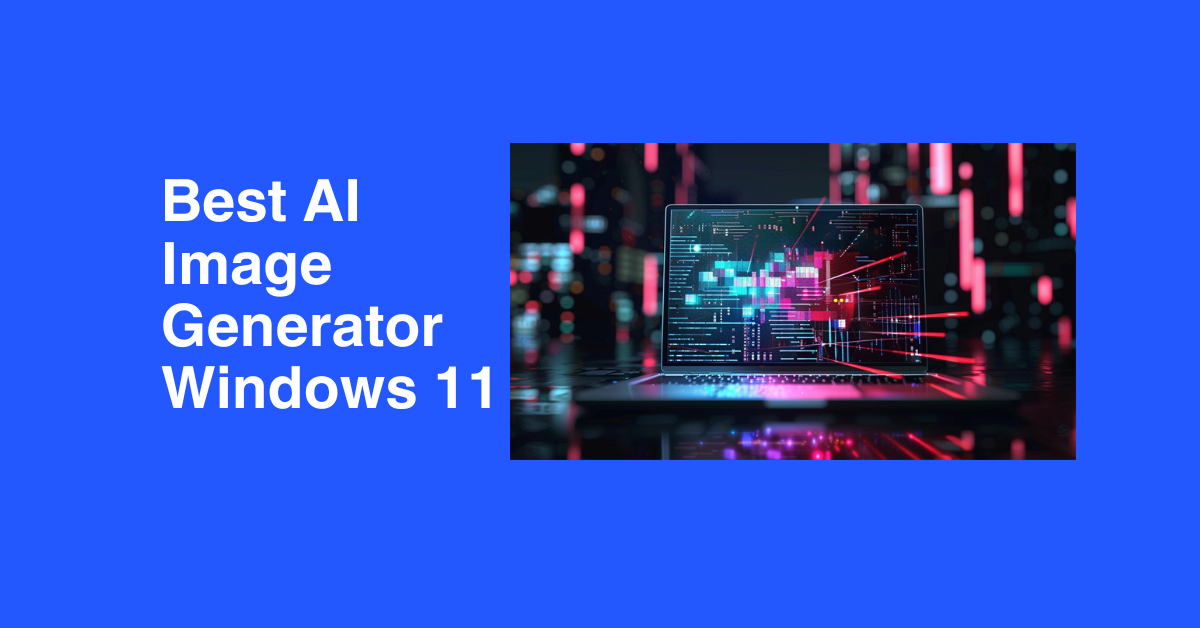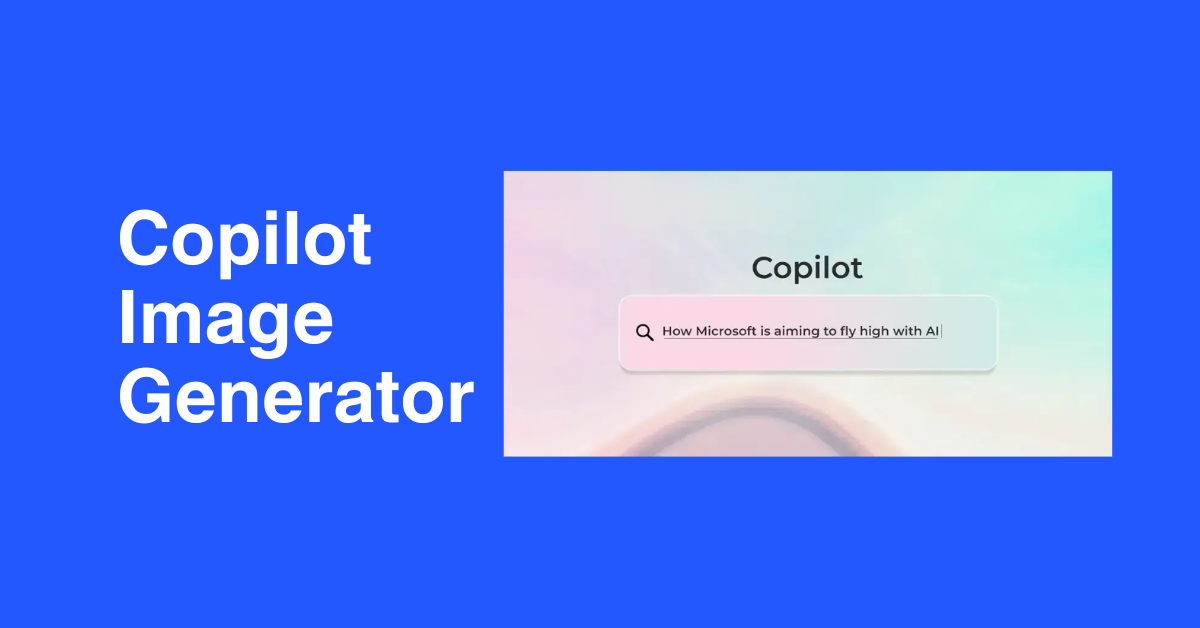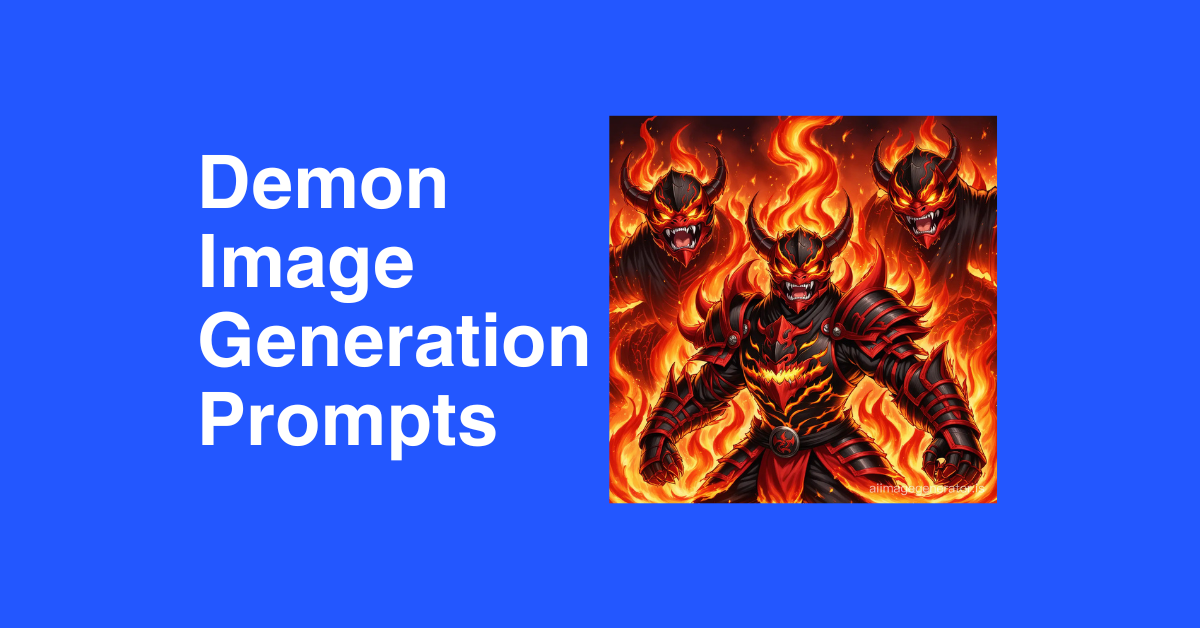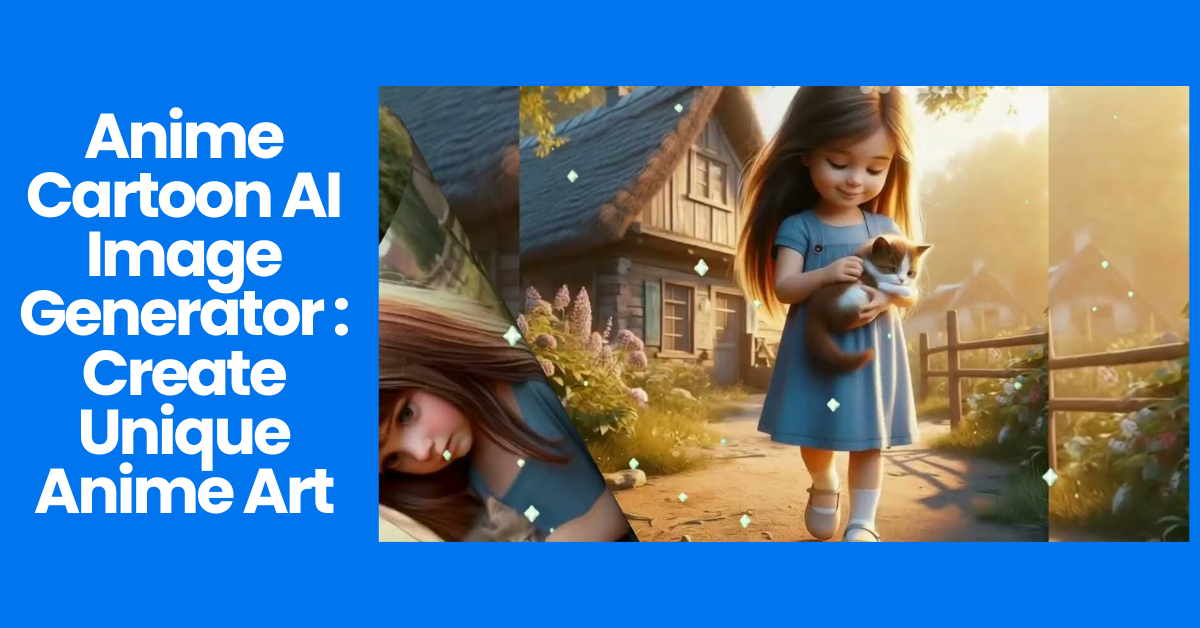
Anime Cartoon AI Image Generator: Create Unique Anime Art
- Image Generators
- November 7, 2024
- No Comments
In recent years, the intersection of technology and art has fostered a revolution in how we create and perceive visual media. One of the most intriguing developments has been the advent of the anime cartoon AI image generator. This powerful tool has not only sparked discussions around creativity but also challenged traditional notions of authorship and artistry. As enthusiasts worldwide embrace these innovations, it raises pertinent questions regarding the future of anime creation and the role of human artists in this rapidly changing landscape. In this blog post, we will explore the profound implications of AI-generated anime art while delving into its capabilities, mechanics, ethical considerations, and the impact on fandom.
The Rise of Anime Cartoon AI Image Generator: A New Era of Creativity

The emergence of AI technologies has led to groundbreaking advancements in various artistic fields, with anime being no exception. AI-generated art is becoming increasingly popular among both creators and consumers, pushing the boundaries of creative expression to new heights. As the demand for fresh and innovative content surges, tools like the anime cartoon AI image generator have emerged as game-changers in the world of art and entertainment.
The Evolution of AI in Art
Historically, artificial intelligence has been a concept tied closely to science fiction. However, as algorithms and deep learning methods advance, their applications in creative domains are blossoming. The development of neural networks, particularly Generative Adversarial Networks (GANs), has enabled machines to produce stunning visuals that emulate the styles of renowned artists and genres, including anime.
With each iteration, the capabilities of these AI models grow exponentially. Artists and technologists are collaborating to teach machines about aesthetics, composition, and emotional resonance—qualities traditionally associated with human creativity. Today, AI can create entire characters, backgrounds, and even short animations, ushering in a new era where creativity is redefined.
Bridging the Gap Between Technology and Creativity
The synergy between technology and creativity offers unique opportunities for artists, allowing them to explore uncharted territories without being confined by conventional techniques. Anime creators can leverage AI image generators to enhance their workflow, brainstorming ideas, and refining designs at astonishing speeds.
This collaboration between man and machine is not merely about replacing human effort; rather, it’s about augmenting the artistic process. Artists can iterate on their designs more efficiently, experimenting with various styles and features that might have taken hours or days to sketch manually. The anime cartoon AI image generator serves as a tool that empowers creators to unleash their imagination while streamlining production.
Expanding Artistic Possibilities
AI’s ability to reinterpret existing styles opens up new avenues for artistic experimentation. For instance, an artist can input their favorite anime series’ visual elements into an AI model, generating entirely new character designs inspired by those influences. This fusion of traditional artistry and cutting-edge technology cultivates a rich environment for innovation.
Moreover, AI-generated art encourages cross-cultural exchanges. International audiences can access and appreciate diverse artistic expressions through anime, transcending geographical boundaries. As AI continues to evolve, so will its capacity to mirror different cultural themes, enriching the global anime landscape.
Anime Characters Come to Life: Exploring the Capabilities of AI Image Generators
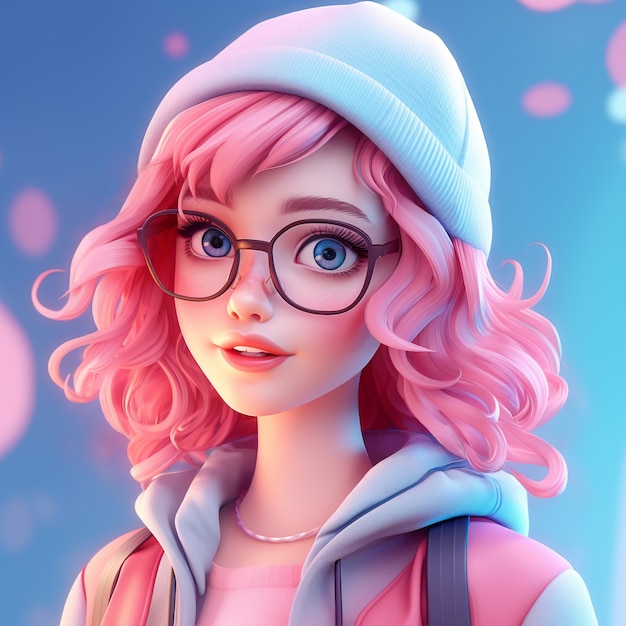
One of the most captivating aspects of AI-generated anime art is its ability to breathe life into characters. By harnessing machine learning algorithms, creators can develop intricate characters that resonate with audiences across various platforms. This section delves into the potential of AI image generators in character design and storytelling.
Bringing Imagination to Reality
With the rise of anime cartoon AI image generators, the character design process has undergone a radical transformation. Artists can provide detailed directives, including character traits, emotions, and aesthetics, allowing AI to generate highly customized designs. This capability not only saves time but also unlocks boundless possibilities for character exploration.
For example, an artist could input desired characteristics such as “brave warrior” or “mysterious sorceress,” and the AI would produce multiple iterations, showcasing different interpretations of the prompt. This encourages artists to consider angles they may not have previously explored, leading to richer character development.
Enhancing Storytelling Through Visuals
Characters are the heart of any narrative, and AI-generated art plays a crucial role in enhancing storytelling. By creating visually striking character designs, artists can more effectively convey emotions, motivations, and arcs within their stories. The use of AI allows for rapid prototyping of character appearances, enabling creators to test various looks and feel before finalizing the designs.
Introducing AI-generated assets into anime opens doors to dynamic storytelling possibilities. For instance, a series could feature AI-generated backgrounds that adapt to the mood of each scene, contributing to the overall narrative experience. This seamless integration of visuals and story creates a more immersive world for viewers to engage with.
Collaboration Between Artists and AI
While AI image generators present exciting opportunities, it’s essential to recognize that these tools ultimately serve as collaborators rather than replacements for human artists. The blend of human intuition and machine efficiency can yield surprising results, fostering a dialogue between creator and creation.
Through collaboration, artists can infuse their unique vision into AI-generated content. They can curate the generated images, selecting elements that align with their artistic intentions. This partnership cultivates a dynamic ecosystem where innovation flourishes alongside tradition.
Beyond Fan Art: How AI is Transforming Anime Production

As the anime industry adapts to technological advancements, AI-generated art is reshaping the production pipeline. Traditional methods often involved extensive manual labor, but AI-driven solutions are optimizing workflows, reducing costs, and accelerating timelines.
Streamlining Pre-Production Processes
Pre-production is a critical phase in anime creation, encompassing character design, storyboarding, and setting development. With the introduction of anime cartoon AI image generators, studios now have access to tools that streamline these processes significantly.
For instance, AI can assist in generating character concepts based on initial sketches or ideas, providing artists with a plethora of options to refine and select from. This efficiency allows teams to focus on honing their narratives rather than getting bogged down in repetitive tasks.
Automating Animation Techniques
In addition to character design, AI image generators are redefining the animation process itself. Traditional animation requires painstaking frame-by-frame illustration, but advancements in AI allow for interpolation techniques that automate aspects of this labor-intensive work.
By leveraging AI’s ability to predict motion and frame transitions, animators can produce smoother sequences with less manual effort. This automation not only speeds up production but also enables creators to experiment with animation styles that were previously too complex or time-consuming to realize.
Democratizing Production Opportunities
The accessibility of AI-driven tools is democratizing anime production, allowing independent creators and smaller studios to enter the market with fewer resources. With high-quality animation becoming achievable through cost-effective AI solutions, a diverse range of voices can participate in the anime landscape.
As a result, we’re witnessing a surge in indie anime projects, exploring themes and narratives that reflect underrepresented perspectives. This newfound inclusivity enriches the anime ecosystem, creating a space for innovation that resonates with wider audiences.
From Sketches to Stills: AI Image Generators Powering Anime Development
The evolution from hand-drawn sketches to polished animation has always been a hallmark of anime production. With AI image generators entering the fray, this transition is becoming more fluid and efficient than ever before.
Instant Visualization of Concepts
Traditionally, the process of bringing an idea from paper to screen involved numerous iterations and revisions. Now, with the aid of anime cartoon AI image generators, artists can visualize concepts in real-time. By inputting rough sketches or descriptions, AI can generate refined still images that reflect the artist’s vision.
This immediate feedback loop allows creators to identify strengths and weaknesses early in their projects. Instead of waiting weeks for a visual team to produce finalized designs, artists can fine-tune their concepts instantly, facilitating a more cohesive creative process.
Breathing Life into Backgrounds
In addition to character designs, AI image generators can create stunning backgrounds that complement the action on screen. These generated landscapes can be tailored to reflect specific moods, settings, and themes, providing a rich visual tapestry against which the story unfolds.
By incorporating AI-generated backgrounds, creators can save time and resources while elevating their work’s overall aesthetic. The ability to produce vast and intricate environments enhances the immersion factor for viewers, allowing them to lose themselves in the world being portrayed.
Enabling Real-Time Adjustments
One of the significant advantages of AI image generation is the flexibility it offers during the production process. As scenes evolve, adjustments may be necessary to accommodate changes in tone, pacing, or narrative direction. AI tools enable artists to make real-time modifications to visuals, ensuring that every element aligns cohesively with the unfolding story.
Whether it’s editing a character’s expression or modifying a background’s color palette, the adaptability of AI in anime production is redefining the standards of visual storytelling.
The Art of the Algorithm: Understanding the Mechanics of AI Anime Generation
At its core, AI-generated anime art relies on sophisticated algorithms and models that analyze data to produce appealing visuals. A deeper understanding of these mechanics reveals the intricacies behind the creative process.
Generative Adversarial Networks (GANs)
Generative Adversarial Networks (GANs) are central to the functionality of many AI image generators. Through a two-part system involving a generator and a discriminator, GANs learn to create convincing images by pitting these components against each other.
The generator creates images based on random inputs, while the discriminator evaluates these images against real ones. Through this iterative process, the generator learns to improve its output until it can produce art indistinguishable from authentic creations. This mechanism highlights the potential of AI to mimic artistic styles and genres accurately.
Neural Style Transfer
Another vital technique in AI art generation is neural style transfer, which involves manipulating an image’s content while preserving its stylistic attributes. By analyzing existing artworks, AI can combine features from distinct styles and apply them to original pieces.
This technique is especially valuable in anime, where different shows exhibit unique visual styles. An artist seeking to incorporate elements from iconic anime into their work can leverage neural style transfer to generate visuals that seamlessly blend their own style with those influences.
Training and Dataset Considerations
The effectiveness of AI image generators hinges on the quality and diversity of training datasets. To ensure that the algorithms can learn effectively, they’re exposed to vast collections of images that showcase a wide array of styles, themes, and techniques.
Curating these datasets is a delicate balance; overly narrow datasets may lead to repetitive results, while excessively broad datasets could dilute the intended artistic direction. Striking the right equilibrium enables AI to generate relevant and compelling visuals that resonate with creators and audiences alike.
Blurring the Lines: Distinguishing AI-Generated Anime from Human Artwork
As AI-generated art becomes more prevalent, distinguishing between human-created and AI-produced works poses unique challenges. The quality and sophistication of AI-generated content continue to blur the lines, leading to debates about authenticity and ownership.
Criteria for Differentiation
While it may be tempting to assume that AI-generated artwork lacks the nuance of human creativity, there are specific criteria that can help discern the two. Factors such as emotional depth, storytelling, and thematic complexity often reveal the artist’s intent behind a piece.
Human artists infuse their experiences, culture, and perspectives into their creations, resulting in layers of meaning that AI may struggle to replicate fully. The subtleties of storytelling entwined with personal narratives lend a distinctive quality to human artwork that can be difficult for AI to achieve.
Evolving Perceptions of Artistry
The rise of AI-generated art prompts us to reevaluate our definitions of artistry. If a machine can produce visuals that rival human creations, what does that mean for the value we place on individual creativity?
This philosophical question invites discourse around the essence of art itself. Is it merely the end product that matters, or does the journey—the thought, emotion, and experience behind the creation—hold equal significance? As AI continues to proliferate in creative spheres, society must grapple with redefining artistry in the context of technological advancement.
Future Implications for Art Communities
As AI-generated anime art gains traction, art communities face a transformative shift. Artists may find themselves navigating a landscape where collaboration with AI becomes integral to their practice. While some may embrace this partnership, others may express concerns about originality and losing the essence of human creativity.
Fostering dialogue around these issues will be essential for nurturing a healthy relationship between artists and AI technologies. As art continues to evolve, embracing the benefits of innovation while honoring traditional practices will pave the way for a vibrant and inclusive creative future.
Ethical Considerations in AI Anime Generation: Copyright and Authenticity
With the rise of AI-generated anime art, ethical considerations surrounding copyright, authorship, and authenticity come to the fore. As creators navigate the complexities of this evolving landscape, understanding these issues becomes paramount.
Copyright Challenges
One of the most pressing concerns surrounding AI-generated art is the question of copyright. When an AI produces an artwork, who holds the rights to that creation? Is it the programmer who developed the algorithm, the user who input the parameters, or perhaps the dataset from which the AI learned?
Existing copyright laws struggle to address these questions, leading to ambiguity over ownership of AI-generated content. As artists turn to AI tools for assistance, establishing clear guidelines and frameworks for copyright will be imperative to protect the interests of all parties involved.
Authenticity and Originality
Beyond copyright, the notion of authenticity comes into play. For centuries, art has been celebrated as a reflection of the artist’s individuality and perspective. With AI-generated content, the line between original works and imitation blurs, raising questions about what constitutes “true” art.
Critics argue that AI-generated pieces lack the emotional depth and intentionality that defines human artistry. Conversely, advocates assert that AI can serve as a medium for expression, enabling innovative forms of creativity that challenge conventional paradigms.
Navigating Ethical Dilemmas
As the anime industry incorporates AI technologies, it faces ethical dilemmas related to transparency and accountability. Artists must remain informed about how AI systems operate, especially concerning the data used to train these models. Ensuring that ethical practices govern AI-generated content will foster trust within the artistic community.
To address these concerns, stakeholders—including artists, developers, and policymakers—must engage in meaningful conversations about ethical standards. Establishing protocols for responsible AI usage will empower artists to harness the benefits of technology while safeguarding their rights and integrity.
The Future of Anime and AI: Will Machines Replace Artists?
As technological advancements continue to reshape the anime landscape, many ponder whether machines will eventually replace human artists. This concern raises fundamental questions about the value of creativity, the role of artists, and the future of storytelling.
The Role of Human Emotion in Art
The essence of art lies in its ability to evoke emotions, tell stories, and connect people. While AI-generated content can produce visually stunning results, the emotional depth and relatability of human-created works remain irreplaceable.
Art is often a reflection of the artist’s experiences, struggles, and triumphs. These narratives imbue artworks with resonance—a quality that AI, lacking subjective experiences, may struggle to replicate. Thus, the unique insights and perspectives that human artists bring to their creations maintain their relevance and importance in the creative landscape.
Collaborative Synergy Between Humans and AI
Rather than viewing AI as a competitor, it is crucial to embrace the potential for collaboration. The partnership between human artists and AI image generators can lead to innovative breakthroughs, enabling creators to push the boundaries of their craft.
Through collaboration, artists can harness AI’s efficiency to streamline their processes while retaining creative control over their narratives. This symbiotic relationship fosters an environment where artistic expression flourishes, integrating technology’s strengths with human ingenuity.
A New Paradigm for Artistic Expression
The future of anime lies not in the displacement of artists but in the evolution of artistic expression. As AI technologies become more integrated into artistic practices, creators will have new tools to explore their visions authentically.
Embracing AI as a collaborator allows artists to break free from limitations, inviting diverse narratives and styles into the anime landscape. As creators redefine their relationships with technology, the creative possibilities become infinite, promising an exhilarating future for the world of anime.
Open Source and the Democratization of Anime Creation: AI Tools for Everyone
One of the most significant impacts of AI-generated anime art is its potential for democratization. Open-source initiatives and accessible AI tools allow aspiring creators to participate in the anime industry, regardless of background or resources.
Breaking Down Barriers to Entry
Historically, breaking into the anime industry required substantial investment in education, equipment, and networking. However, the availability of open-source AI tools is transforming this narrative. Aspiring artists can now access powerful software and resources that empower them to create stunning visuals without financial constraints.
This democratization of art creation fosters inclusivity, enabling diverse voices to share their stories and perspectives through anime. As a result, audiences are treated to a broader range of narratives that reflect various cultures, experiences, and identities.
Fostering Community and Collaboration
Open-source AI tools promote collaboration within artistic communities. Creators can share their knowledge, techniques, and resources, helping one another improve their skills and hone their craft. This sense of camaraderie enriches the artistic landscape, encouraging experimentation and innovation.
Additionally, online platforms and forums dedicated to AI-driven art creation facilitate dialogue among artists, technologists, and enthusiasts. These spaces cultivate a supportive community that nurtures talent and fosters creativity across geographic boundaries.
Inspiring Future Generations of Creatives
By empowering aspiring artists with accessible tools, the anime industry can inspire future generations of creatives. Young individuals drawn to anime can engage with technology, explore their artistic inclinations, and develop their unique styles.
As these emerging talents contribute to the anime landscape, we can expect an influx of fresh ideas and perspectives. The ongoing democratization of anime creation ensures that the art form remains vibrant, relevant, and reflective of the diverse world in which we live.
From Fan Service to Fan Art: Exploring the Impact of AI on Anime Fandom
The rise of AI-generated anime art also profoundly impacts anime fandom. As fans engage with AI tools, the distinction between fan service and fan art becomes increasingly porous, leading to exciting transformations within the community.
Redefining Fan Engagement
In the past, fan engagement often revolved around consuming content—watching series, buying merchandise, attending conventions. However, the introduction of anime cartoon AI image generators enables fans to actively participate in the creative process.
Through AI, fans can generate their own artwork, remix existing designs, or even create new stories set in beloved anime universes. This level of interactivity fosters a sense of agency among fans, allowing them to explore their creativity and share their interpretations with fellow enthusiasts.
The Blurring of Boundaries
As fans produce AI-generated art, the traditional lines separating professional creators and amateurs blur. Previously, fan art was seen as a side project, but AI tools are elevating fan creations to professional quality. This shift challenges the established hierarchy within the anime community and prompts discussions about recognition, credit, and artistic merit.
Fans can draw inspiration from AI-generated outputs while adding their personal touch, leading to collaborative endeavors that celebrate the spirit of fandom. The result is a vibrant tapestry of creativity that showcases the passion and dedication of the anime community.
A Platform for Diverse Voices
AI-generated art provides a platform for underrepresented voices within the fandom. Fans from different backgrounds can explore and express their cultures through anime, weaving multicultural perspectives into their creations.
This exchange of ideas enriches the anime landscape, offering viewers a kaleidoscope of narratives that resonate with various experiences. As AI tools empower fans to share their unique interpretations, the anime community becomes more inclusive and reflective of its diverse audience.
Conclusion
The advent of anime cartoon AI image generators marks a pivotal moment in the intersection of technology and creativity. As AI continues to evolve, it presents exciting opportunities for artists, transforming the way anime is produced, consumed, and appreciated. While grappling with ethical considerations and redefining artistic roles, creators can harness AI to enhance their storytelling and artistry.
The democratization of anime creation allows for greater participation from diverse voices, ensuring that the anime landscape remains vibrant, innovative, and reflective of our multifaceted world. As we navigate this brave new frontier, the future of anime promises to be a thrilling blend of human ingenuity and cutting-edge technology, paving the way for new forms of artistic expression that captivate audiences for generations to come.
Looking to learn more? Dive into our related article for in-depth insights into the Best Tools For Image Generation. Plus, discover more in our latest blog post on Bing Image Generation. Keep exploring with us!
Related Tools:
Image Generation Tools
Video Generators
Productivity Tools
Design Generation Tools
Music Generation Tools

